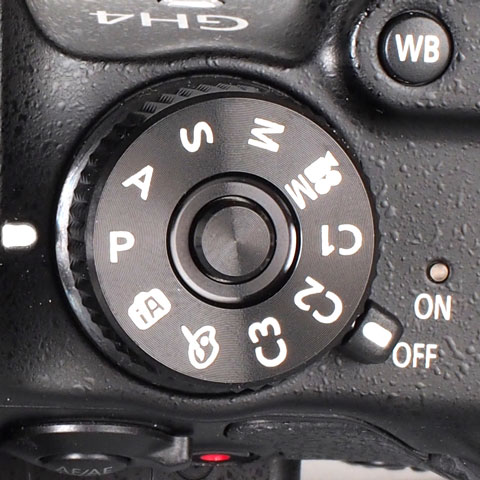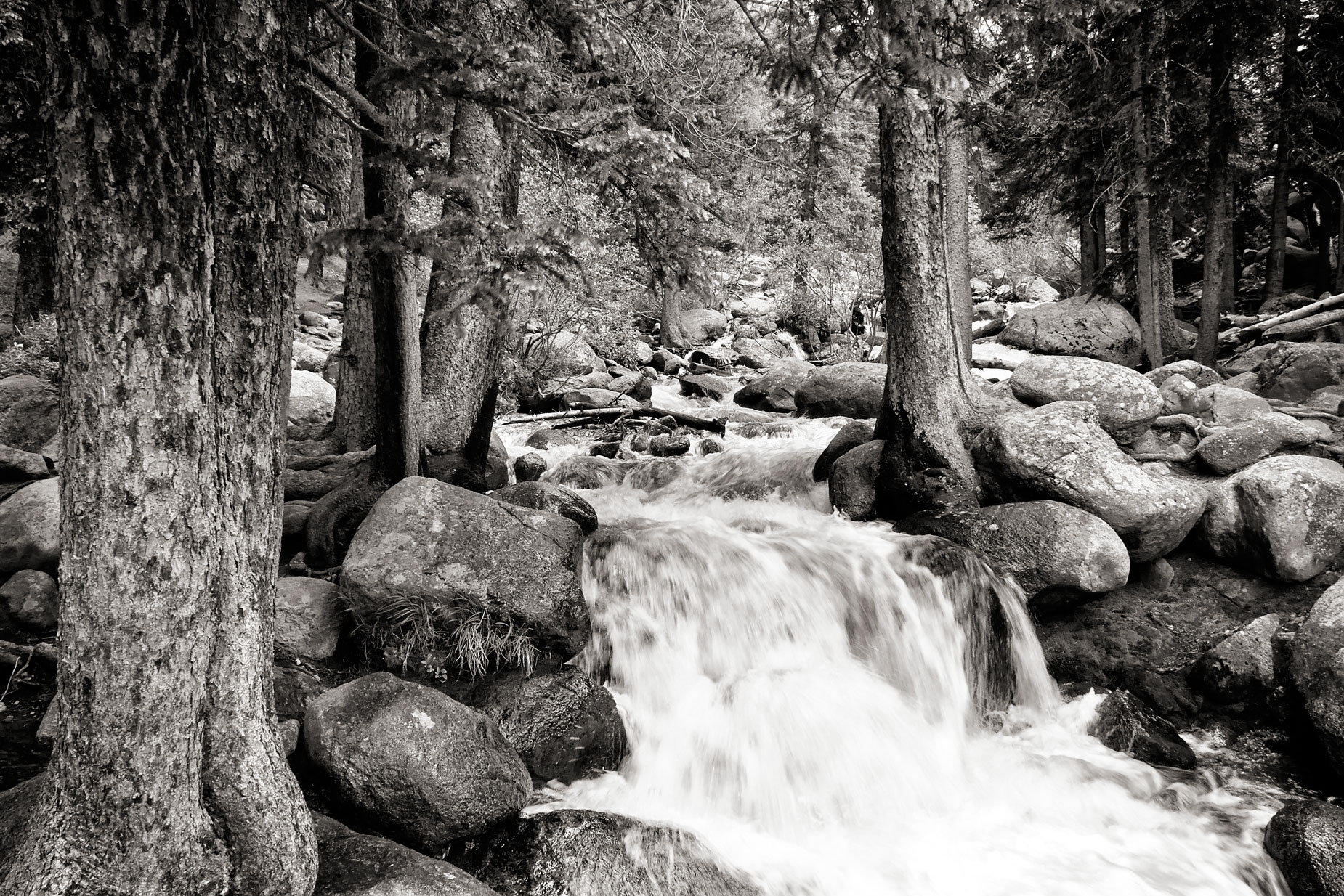Today’s Post by Joe Farace
When I have a camera in my hand, I know no fear.—Alfred Eisenstaedt
 The number one question I get from photographers when doing PhotoWalks and workshops is about how they can obtain the “proper exposure.” I’ve written several posts on that topic here as well as my car photography blog and I want to tackle the subject of manual mode again today.
The number one question I get from photographers when doing PhotoWalks and workshops is about how they can obtain the “proper exposure.” I’ve written several posts on that topic here as well as my car photography blog and I want to tackle the subject of manual mode again today.
I like to think that the process of shooting in manual mode is best suited for photographers who prefers driving a car with a stick shift rather than one with an automatic transmission. Yet while purists and YouTube experts claim manual exposure mode is the only one you should ever use, I mostly use Manual in the studio when shooting with electronic flash or when shooting outdoors under extremely low light. That’s because there are many lighting situations that confuse even the most sophisticated automatic exposure system.
Shooing in Manual
Here’s my two cents: Obtaining the best exposure is simply about correctly choosing the appropriate combination of lens aperture, shutter speed and ISO. You can set the exposure manually or let the camera do it using any of the many modes modern DSLRs and mirrorless cameras offer.

How I Made this Photo: The featured image today was shot on a (borrowed) Panasonic Lumix G7 and Lumix G Vario 14-140mm f/3.5-5.6 lens at 14mm (28mm equivalent) with a manual exposure of 1/30 sec at f/13 and ISO 400. Original color JPEG file converted to monochrome with Silver Efex and Platinum toning from PhotoKit 2.
Out Here in the Real World
For 90% of the photographs you’ll make, any of your camera’s automatic modes will do a fantastic job in producing correct exposure but its those last 10% that’ll kill you, so sometimes you have to shift into manual. Manual exposure can especially be helpful with high contrast situations or those having a strong backlight but also can help when trying to achieve a specific mood.
You can make manual exposures with any kind of camera—film or digital—using a hand-held light meter or, more conveniently, the one built into the camera. As I mentioned before when talking about IR capture, here’s how I use my camera’s in-camera meter in manual mode:
“I look through the viewfinder in Program mode to see the suggested exposure, then, having previously chosen an ISO speed, switch to manual to set the shutter speed and aperture. For some outdoor and infrared photography I’ll bracket while checking the histogram from time to time but I don’t let the histogram override my experience or the type of image I’m trying to create.”
Most cameras also offer a Bulb mode, which is a variation on manual mode where the shutter stays open as long as the shutter release is pressed. This setting lets you make really long exposures for holiday lights, fireworks or special effects such as images of carnivals and amusement parks. For long exposures like this it’s also a good idea to use a sturdy tripod and you can further reduce the risk of camera shake by tripping the shutter with a cable or remote release
PS: Many of the suggestions in this post relate to exposures made using available and natural light photographs. Working in my studio under tightly controlled conditions is another story and makes manual mode shooting simpler and faster.
If you enjoyed today’s blog post and would like to buy Joe a cup of Earl Grey tea ($3.50), click here.
Along with photographer Barry Staver, Joe is co-author of Better Available Light Digital Photography with new or used copies are available from Amazon for around five bucks.
